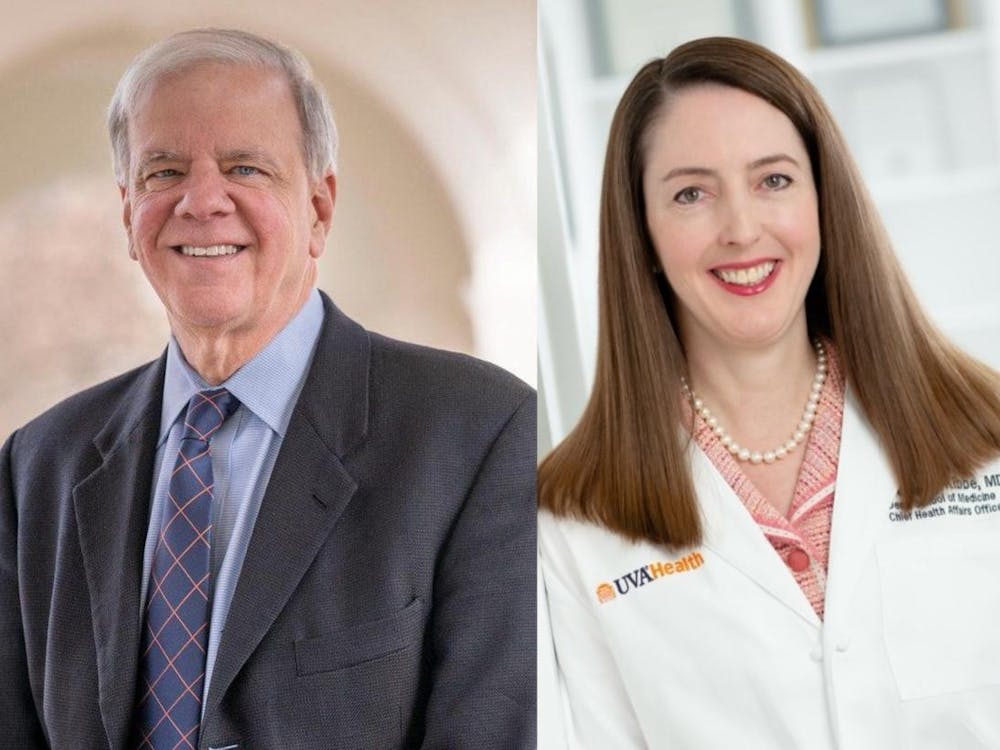The Emily Couric Clinical Cancer Center of the University Health System has expanded its access to bone marrow and hematopoietic stem cell transplant donors. Now a member of the National Marrow Donor Program, the Health System will have access to the Be The Match Registry, the world’s largest and most diverse bone marrow registry. The expansion offers Health System patients with blood cancers like leukemia improved access to life-saving treatments.
Bone marrow, the soft, spongy tissue within bones like the sternum or the ilium of the pelvis, forms hematopoietic or blood-forming stem cells. These cells, unlike embryonic stem cells, only differentiate into types of blood cells — red blood cells, white blood cells or clotting platelets. Leukemia causes bone marrow to produce abnormal, leukemic white blood cells that divide uncontrollably, forming tumors that deprive cells of oxygen and reduce infection defense. One treatment method is autologous bone marrow transplant, in which patients receive stem cells from their healthy, non-cancerous bone marrow.
“The idea [of autologous transplants] is that you extract healthier bone marrow from the patient to have a source of stored, non-cancerous bone marrow,” said Dr. Thomas P. Loughran Jr., the University’s Cancer Center director. “You can then treat the patient with higher doses of treatment than you can normally give because the most common limitation to treatment is that treatment will kill off healthy bone marrow you might have.”
Another form of treatment is allogeneic treatment, in which a patient receives bone marrow from a sibling or an unrelated donor.
“In an allogeneic transplant, you are also transplanting in a new immune system,” Loughran said. “The new immune system comes in and recognizes the body as a foreign tissue and starts attacking that tissue. This causes a beneficial graft versus leukemia effect where this new immune system attacks any residual leukemia, but may also cause a harmful graft versus host disease where normal tissue is also attacked.”
The potential for an adverse interaction between donor and recipient tissue underscores the role of genetics in the transplant process. Though bone marrow transfers can be very effective treatments, they require a strong genetic match between the donor and the recipient. Finding a strong match requires large pools of unrelated donors — which is what makes Be the Match Registry such a useful tool for bone marrow transplants.
Extracting marrow from donors is mostly done from a peripheral blood stem cell transplantation, Loughran said.
“The donor takes a growth factor that stimulates growth of the needed hematopoietic stem cells within their peripheral blood circulation,” he said. “A catheter collects this blood and the stem cells are separated from the blood by a machine, and the blood is returned back to the donor. The collected stem cells are sent to the lab where they are purified and frozen.”
Meanwhile, the patient in preparation for the transplant is given a high dose of chemotherapy. The donated stem cells are administered to the patient in a way similar to IV fluid.
Loughran said transplantation has become a priority of the Medical Center in recent years — the number of yearly transplants jumping from about 20 to 80.




